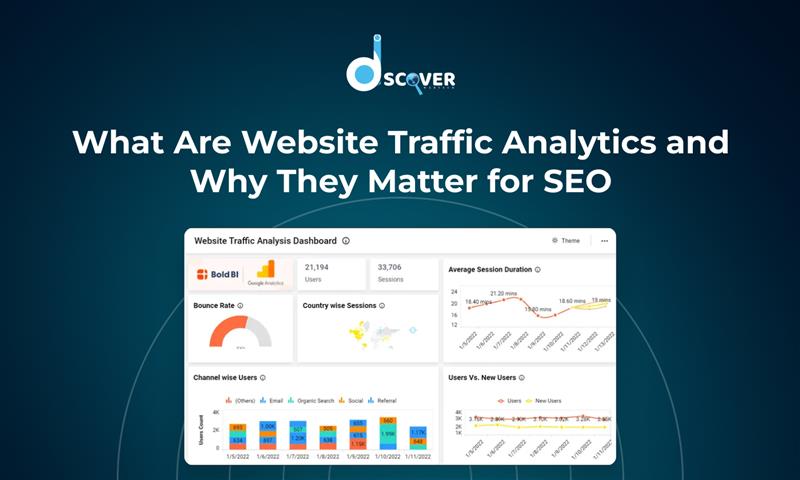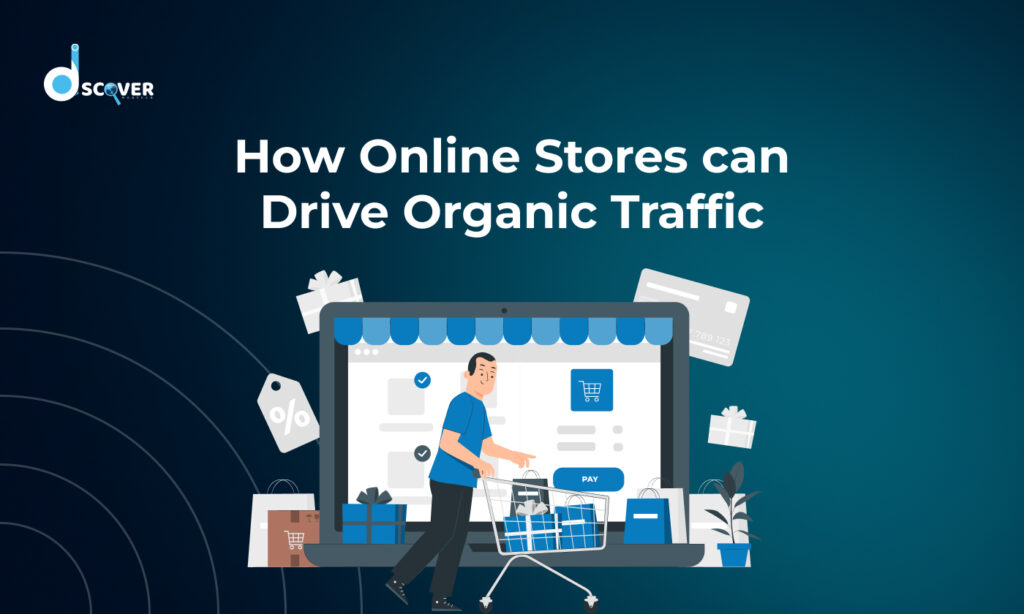
Ever wondered how people find your website? Or why does your traffic suddenly drop? That’s where website traffic analytics come in. They help you understand who’s visiting your site, what they’re doing there, and how they found you in the first place.
In this blog, we’ll break down what are website traffic analytics, why they’re super important for SEO, and how to use them to grow your site like a pro — even if you’re just getting started.
What Are Website Traffic Analytics?
Let’s start with the basics — what are website traffic analytics?
Simply put, website traffic analytics are tools and data that show how many people are visiting your website, where they’re coming from, what pages they’re looking at, and how long they’re sticking around — according to digital marketing expert insights.
Some key metrics you’ll see in tools like Google Analytics:
- Sessions – total visits
- Users – unique visitors
- Pageviews – how many pages were viewed
- Bounce Rate – % of people who left after viewing one page
- Average Session Duration – how long visitors stay
- Traffic Sources – where your visitors came from (like Google, Facebook, or direct)
These insights help you see what’s working and what needs tweaking. It’s like having a performance report card for your website!
What Is Website Traffic Monitoring?
Now that you know the basics, let’s talk about what is website traffic monitoring.
This means keeping an eye on your website traffic in real time or over time. Monitoring tools help you spot patterns and catch any unusual activity — like a sudden spike or drop in traffic.
With tools like Google Analytics or Search Console, you can:
- Track live visitors
- See which pages they’re viewing
- Know what country they’re from
- Spot traffic issues early on
Website traffic monitoring is like a health check-up for your site. It ensures everything’s running smoothly and alerts you if something’s off.
Why Analytics Matter for SEO
So why do we even need traffic analytics for SEO?
If you care about showing up on Google and getting more visitors (who doesn’t?), then analytics are your best friend. They tell you:
- Which keywords bring people in
- Which pages are top performers
- Where you’re losing traffic
Let’s say you’re trying to increase your website traffic organic – that’s the free traffic coming from Google search. Analytics help you figure out what content is driving that organic traffic and what needs improvement.
In short, if you want better rankings, more visibility, and smarter SEO strategies – tracking your traffic is a must.
What to Do When Website Traffic Is Down
Has this ever happened to you? One day, your site is buzzing with traffic… and the next, crickets.
You’re not alone. A lot of people face the problem of website traffic down at some point.
Common reasons include:
- Google algorithm updates
- Broken links or slow pages
- Poor content quality
- Losing backlinks
- Seasonal trends
Traffic analytics help you troubleshoot. Look at which pages dropped, check if keywords fell in rankings, and review technical SEO issues. With the right insights, you can recover and even grow stronger!
What’s Considered Average Website Traffic?
Ever wondered how your site compares to others? Let’s talk about average website traffic.
There’s no one-size-fits-all answer — it depends on your industry, how old your site is, and your marketing efforts. For example:
- A small blog might get 100–500 monthly visitors
- A local business website could see 1,000–5,000
- A well-known brand site? Way more
You can use benchmarks or even spy on competitors with tools like SimilarWeb or Ubersuggest. Just remember — don’t stress over hitting a specific number. Focus more on attracting the right kind of visitors (more on that below).
Why Quality Website Traffic Matters More Than Quantity
Let’s be honest — getting a million visits is cool… but if nobody stays, clicks, or buys anything, what’s the point?
That’s where quality website traffic comes in.
You want people who are:
- Genuinely interested in what you offer
- Engaged with your content
- Likely to take action (like signing up or buying)
How do you measure quality?
- Look at time on site (longer = better)
- Low bounce rates
- More pages per visit
- Conversions (leads, sales, downloads)
By focusing on quality website traffic, you get better results with less effort. Create content that answers real questions, target the right keywords, and optimize the user experience.
How to Use Traffic Data to Improve SEO
Here’s where it all comes together.
Once you’ve collected traffic data, you can use it to make smart SEO decisions:
- Double down on pages bringing in website traffic organic
- Refresh content that’s losing traffic
- Improve internal linking to reduce bounce rate
- Optimize underperforming pages with new keywords
- Repurpose high-traffic blog posts into videos, social posts, etc.
Don’t just collect the data — act on it! Traffic analytics show you exactly where to improve for better SEO performance.
Final Thoughts
Now that you know what are website traffic analytics, it’s time to put them to use!
Start tracking your numbers regularly. Keep an eye on your quality website traffic, monitor changes, and always optimize for website traffic organic. And if you ever notice website traffic down, don’t panic — just check the data, make improvements, and keep growing.
Remember, SEO isn’t about luck — it’s about learning, tracking, and making smart moves. Let your traffic analytics guide the way.
Contact us to know more about our services
Check out our latest blog on “How Does Meta Ads Work for Small Businesses: A Cost-Effective Marketing Tool”



